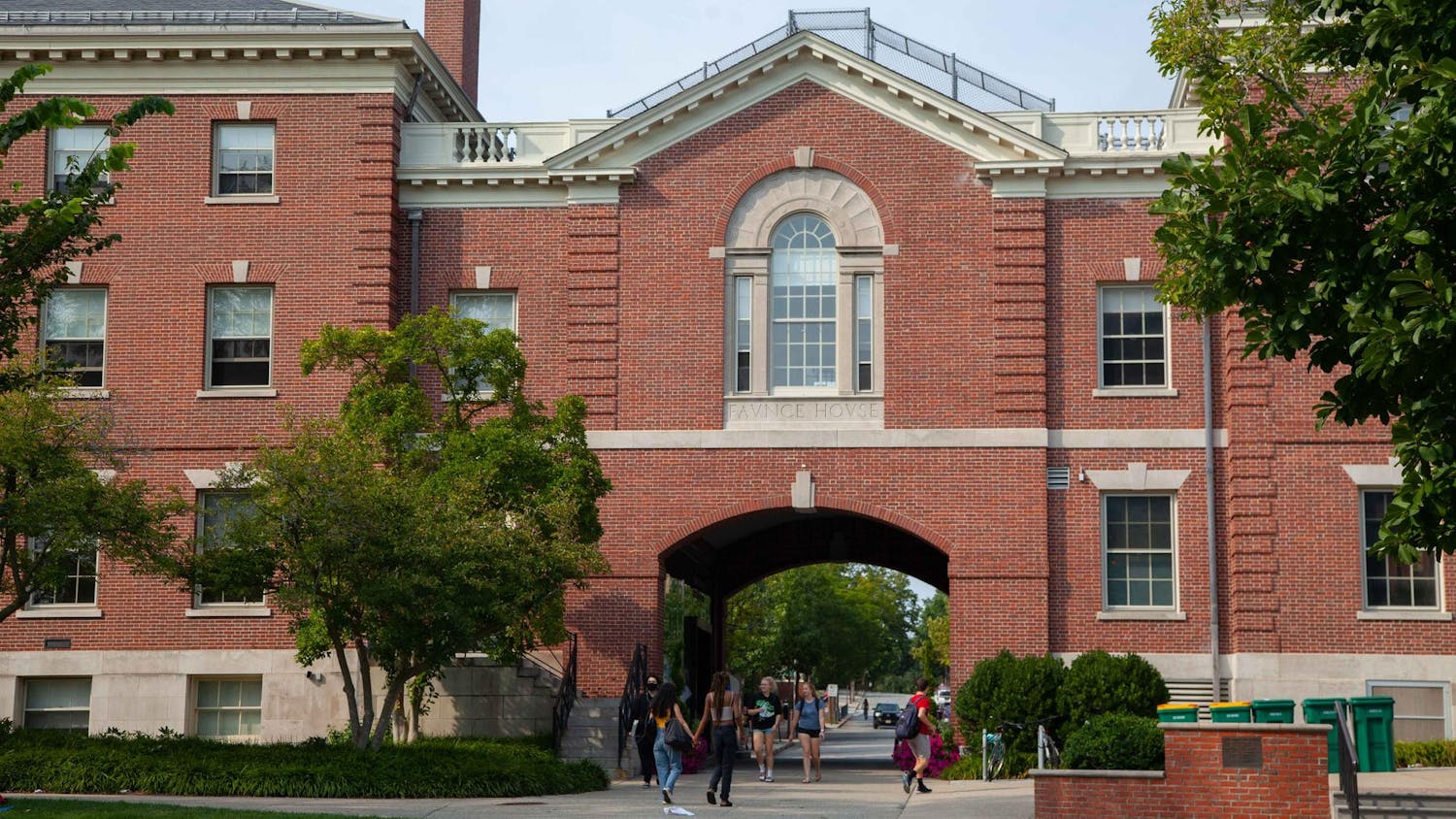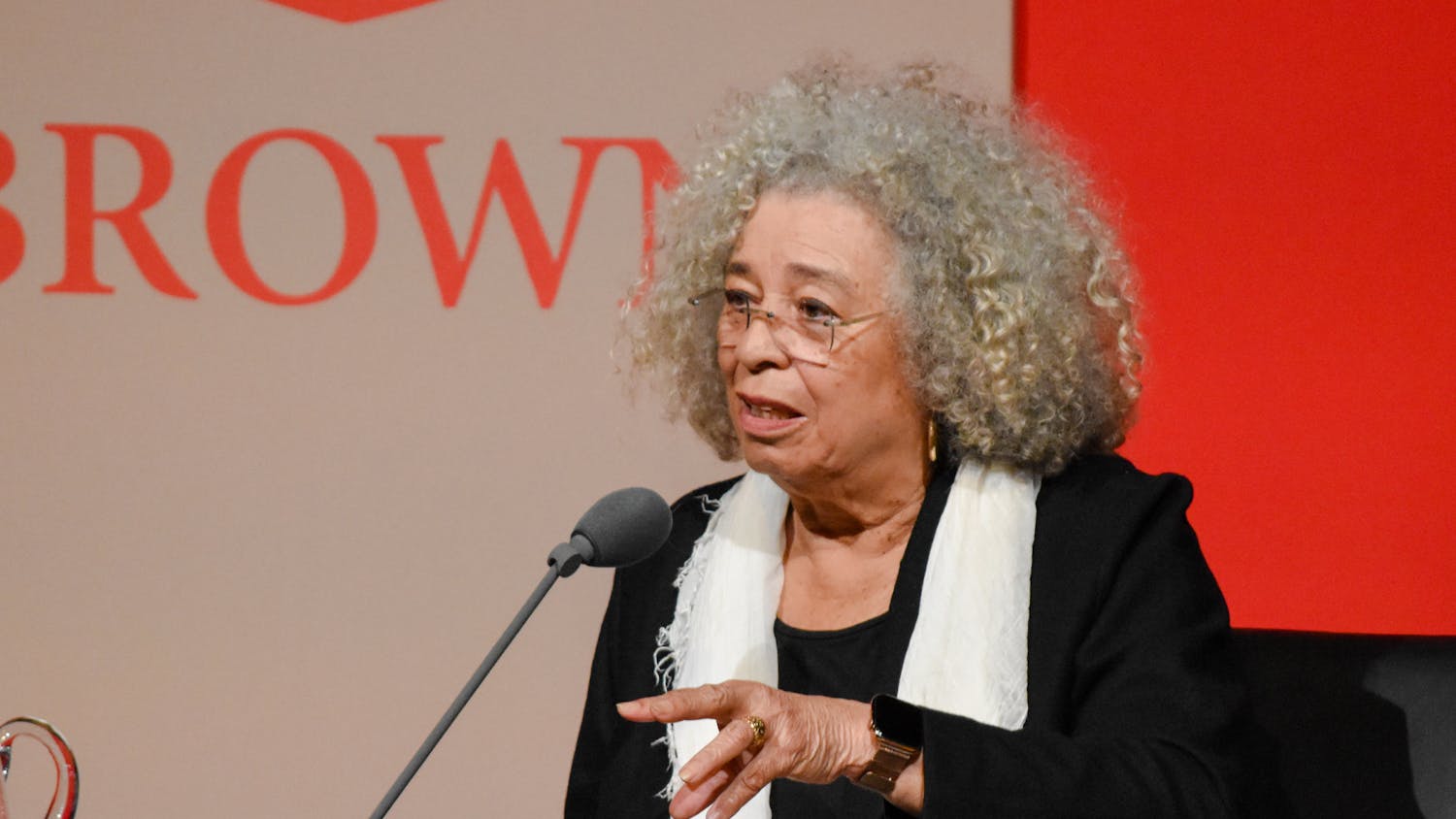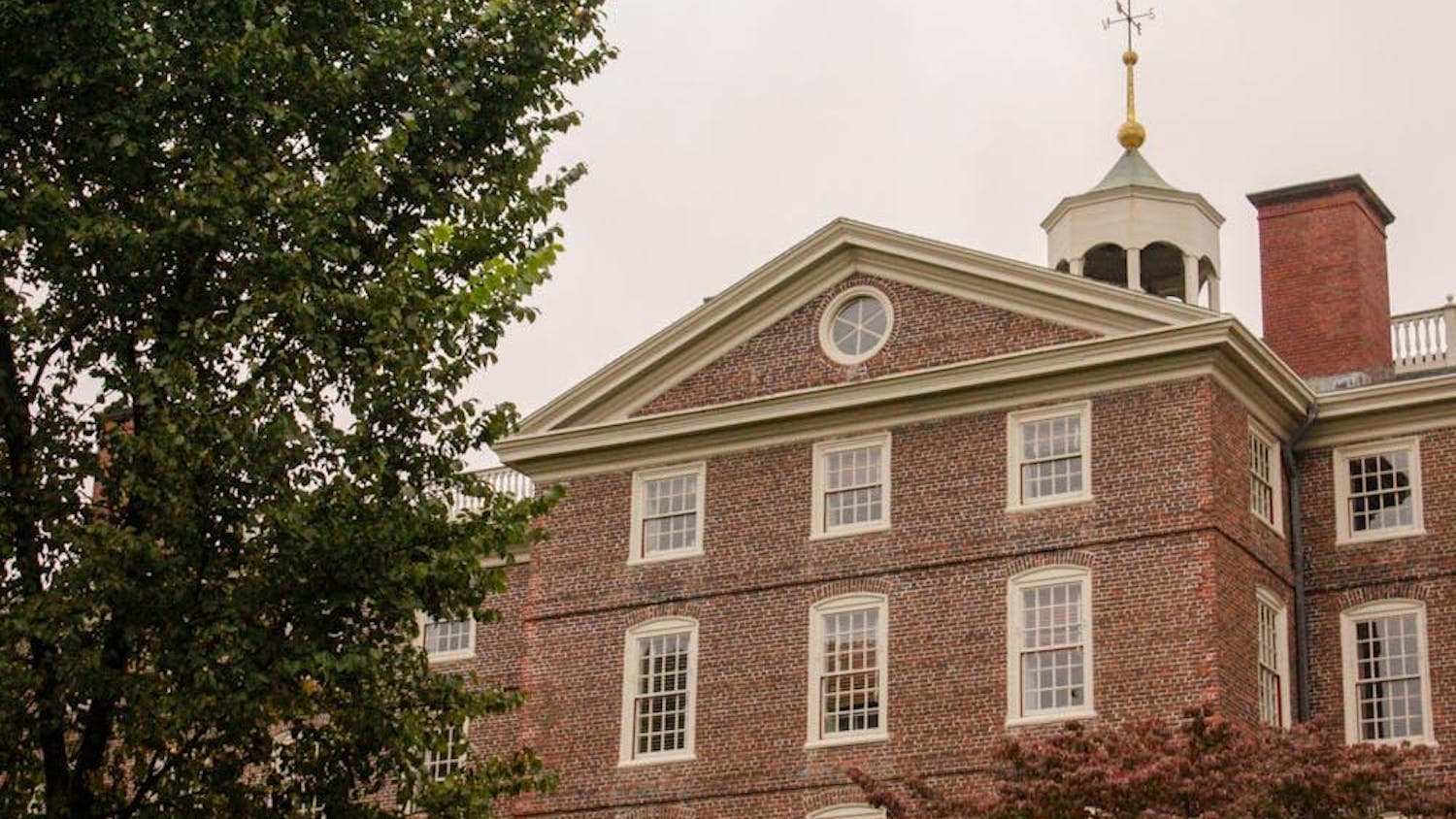After 97 percent of potential hires who were offered tenured or tenure-track positions in the 2012-13 academic year accepted their positions at Brown, the University will try to curtail its hiring push in the coming year while looking to grow faculty diversity, a priority previously emphasized in President Christina Paxson’s strategic planning process.
Typically, only about 50 to 75 percent of those offered positions at the University accept the job offers, said Associate Provost for Academic Development and Diversity Liza Cariaga-Lo. Administrators attributed the unusually high number of tenure-track hires accepting offers of employment — a figure known as the yield rate — to the University’s currently strong reputation and the chance to work with a new president and provost.
Of the new hires, about 30 percent identified as underrepresented minorities — blacks, Latinos or Native Americans — or women in science, research, technology or mathematics, said Dean of the Faculty Kevin McLaughlin P’12.
Hires for the University as a whole were relatively evenly distributed across departments — 30 percent in the humanities, 30 percent in the social sciences, 24 percent in the physical sciences and 16 percent in the life sciences — for a total of 55 new faculty members, McLaughlin said. Eight new hires were women in STEM fields and six were underrepresented minorities, according to data the dean of the faculty’s office provided to The Herald.
Because of the high yield rate, the University will ask some departments to wait to conduct searches to fill vacancies until next year, McLaughlin said.
The hires to which the data refer are either on the tenure track or entering tenured positions, most of which are assistant professors and junior faculty members, McLaughlin said. The University is currently trying to recruit faculty members early in their careers in order to bring them to Brown for mentorship and development purposes, he said.
McLaughlin did not have data on the number of adjuncts or non-tenure track hires in the past year.
The ideology of recruiting pre-doctorate and post-doctorate candidates may contribute to increased diversity among the University’s faculty, McLaughlin said.
In an interim report released January, the Committee on Faculty Recruitment, Career Development and Retention — one of six strategic planning committees convened to help influence Paxson’s agenda — called on the University to increase the level of faculty diversity. Cariaga-Lo and McLaughlin, who chaired the committee, called the push for faculty diversity an extension of efforts started by former President Ruth Simmons.
“We may be doing more of that in the coming years,” McLaughlin said of recruiting both pre- and post-doctorate hires. “It’s not a new phenomenon — all of our peers are doing this.” He added that Paxson’s strategic plan, which will be unveiled in draft form later this month, might emphasize this recruiting method.
The 14 new women in STEM and minority hires denote “modest progress that we can be justly proud of,” Cariaga-Lo said.
“I was very happy to see the data,” said Iris Bahar, chair of the Faculty Executive Committee and professor of engineering. “It’s certainly a step in the right direction.”
The diversity of Brown’s faculty has grown over the last decade, though in 2011 about two-thirds of the faculty identified as male and about four-fifths identified at white, The Herald reported at the time. Since the 2002-03 academic year, the number of women in the life sciences has grown by 27 percent, and the number of minorities in the life sciences has grown by 125 percent, according to data from the Dean of the Faculty website.
By the numbers
How the number of female and minority faculty members has changed between the 2002-03 academic year and the 2012-13 academic year
9 percent
increase in the number of female professors in the humanities
6 percent
increase in the number of minority professors in the humanities
27 percent
increase in the number of female professors in the life sciences
125 percent
increase in the number of minority professors in the life sciences
114 percent
increase in the number of female professors in the physical sciences
100 percent
increase in the number of minority professors in the physical sciences
69 percent
increase in the number of female professors in the social sciences
42 percent
increase in the number of minority professors in the social sciences
Numbers from the Dean of the Faculty website
ADVERTISEMENT




